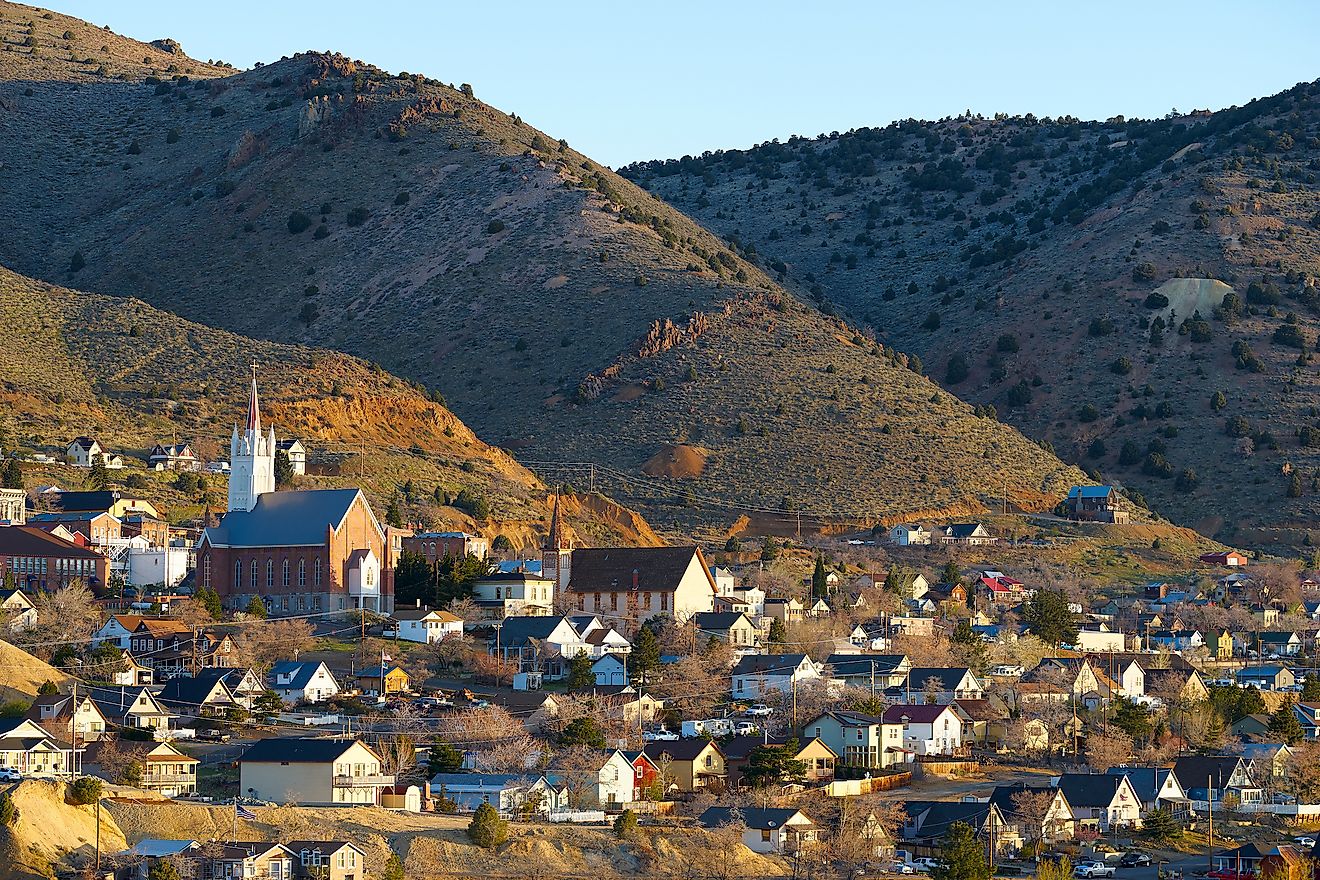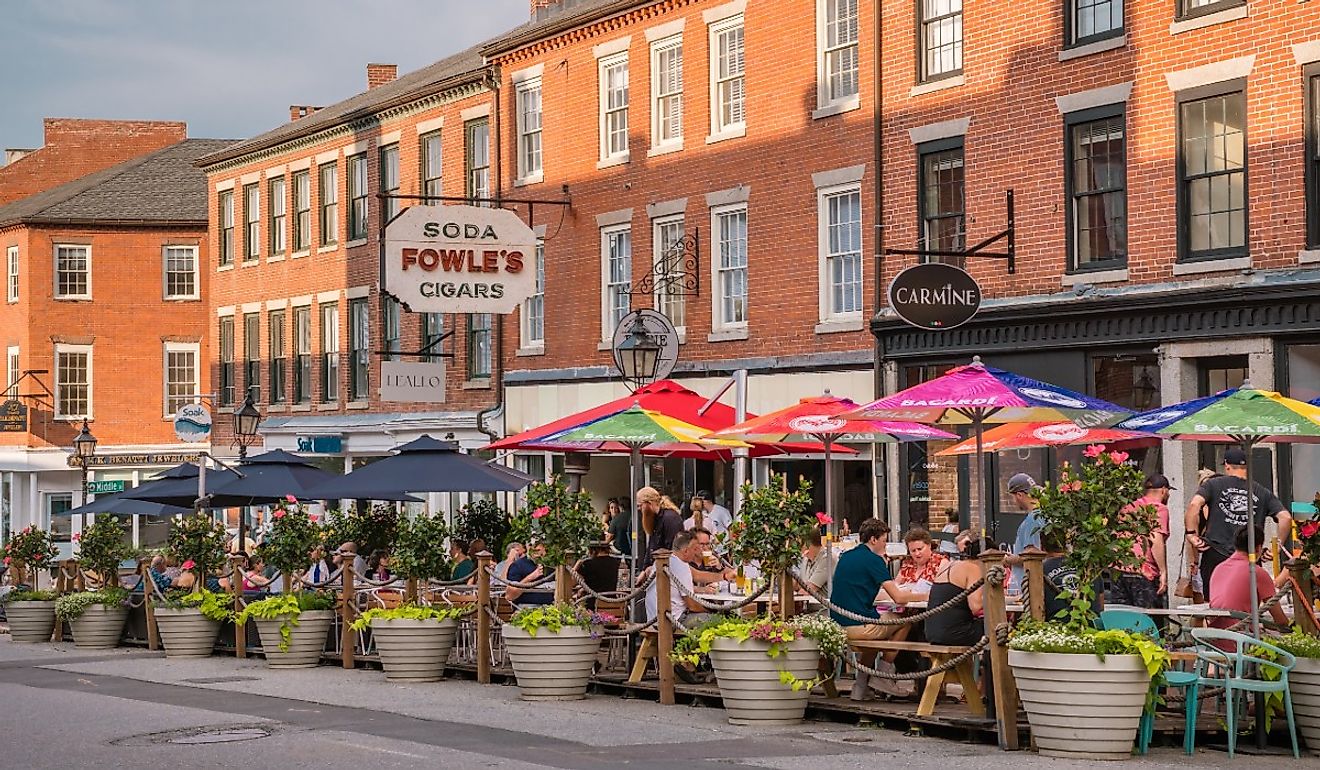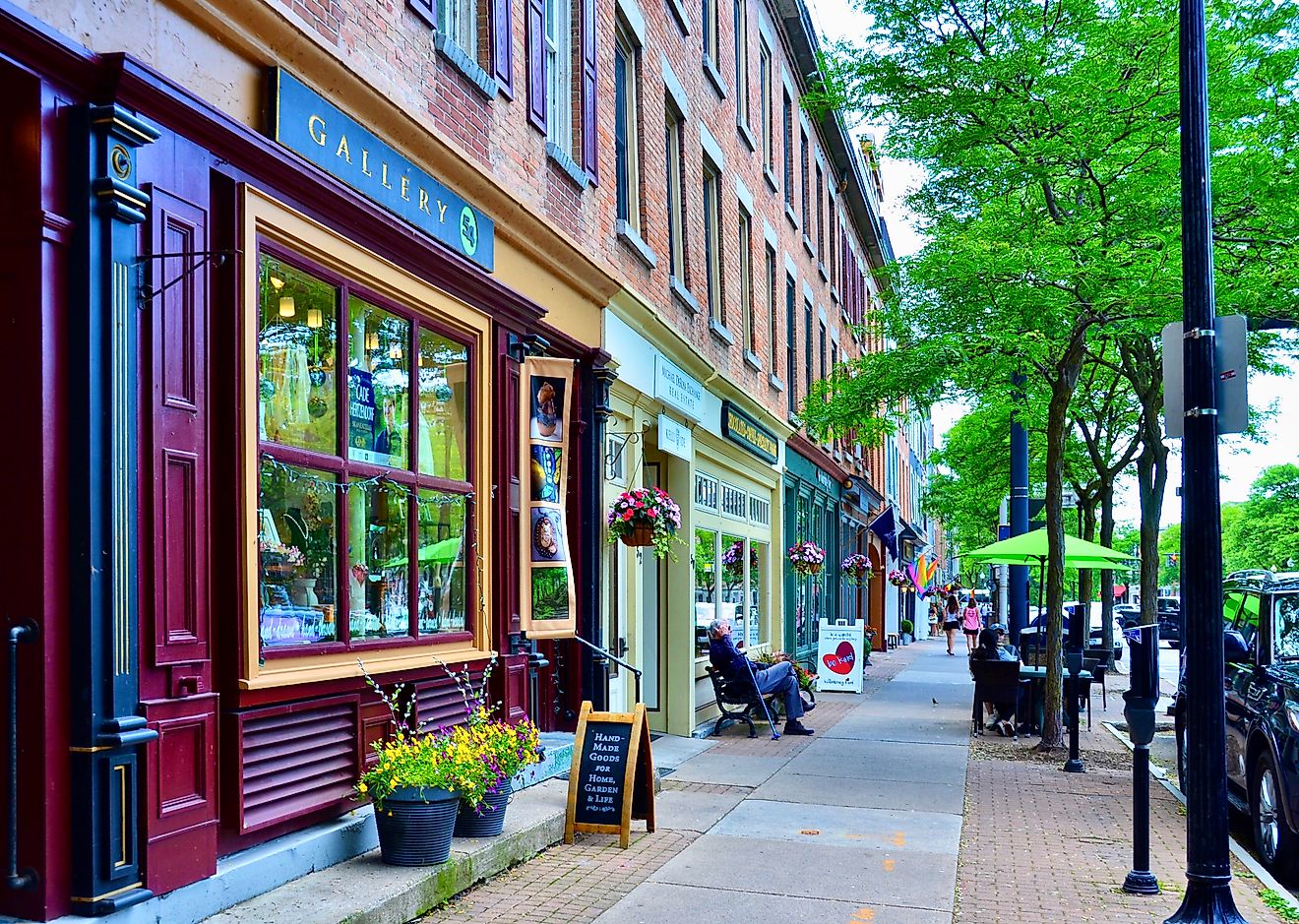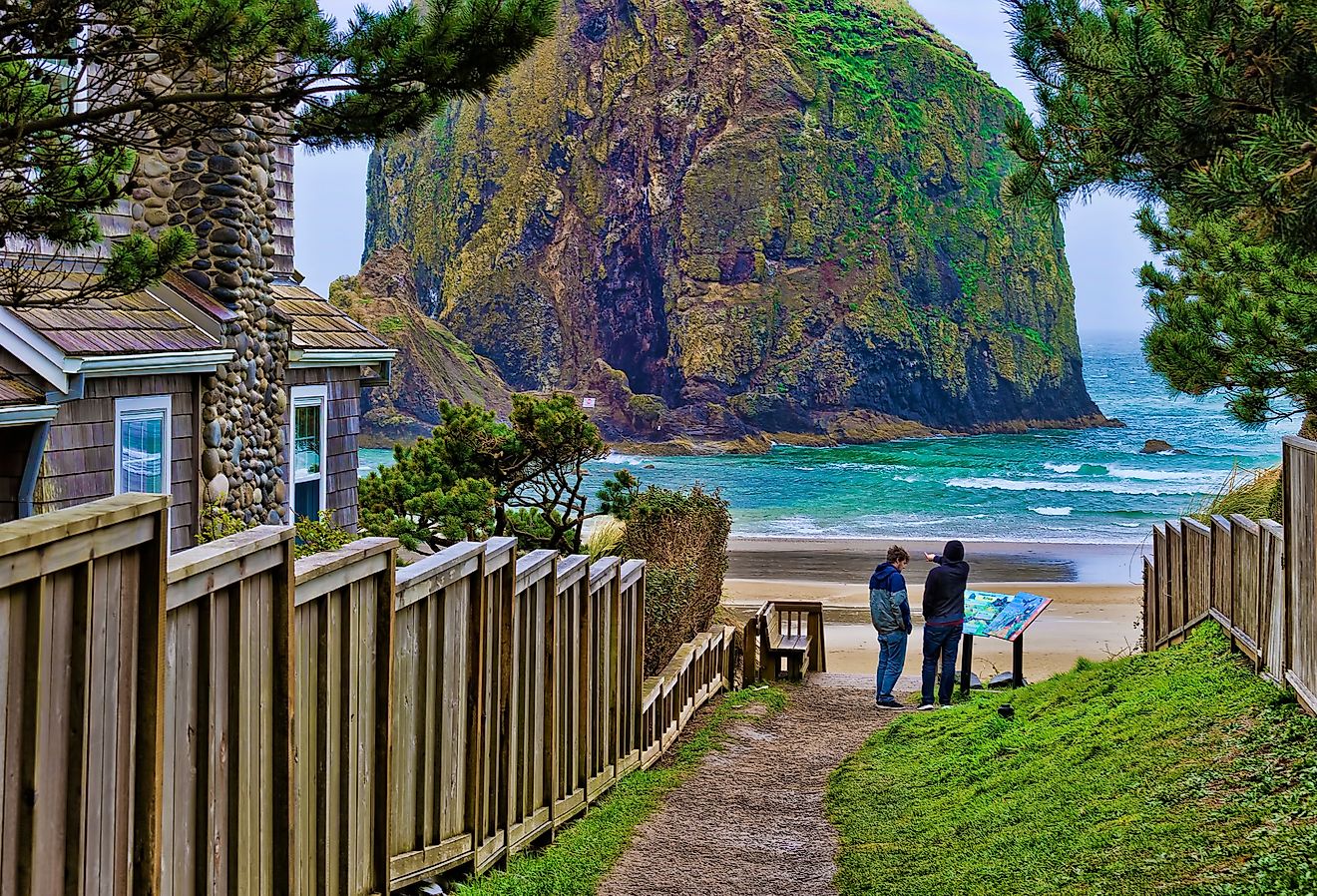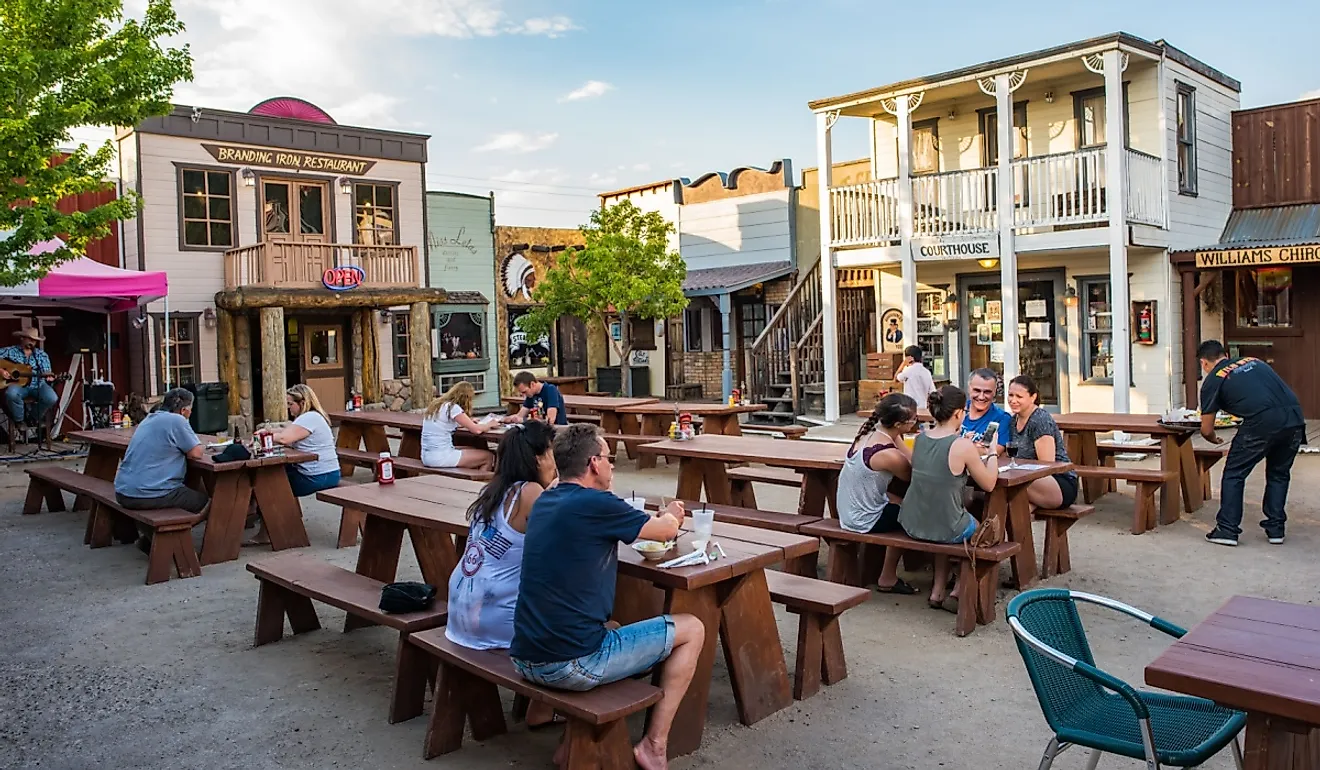
7 Most Hospitable Towns In Arizona
Has anyone ever told you that the friendliest wave in Arizona doesn’t come from an ocean, but from the arms of a towering saguaro cactus? In a state celebrated for its majestic canyons and fiery desert sunsets, the greatest treasures are often found off the beaten path, where strangers become neighbors in a heartbeat. This article sets out to discover the seven most hospitable towns in Arizona — communities shaped by frontier history, desert resilience, and an uncanny talent for making everyone who wanders in feel like they’ve just come home. Lace up your boots and venture into a side of Arizona where the cacti may outnumber the people, but the heartfelt welcomes are as vast as the endless desert sky.
Sedona

Sedona, located in the Upper Sonoran Desert of northern Arizona, is renowned for its fantastic arts community and stunning spiritual retreats. The town, named after Sedona Schnebly, has a rich history that began as a small farming settlement in the early 20th century. Sedona's unique culture is deeply influenced by the Native American heritage and the natural beauty of its surroundings, which have attracted artists and spiritual seekers for decades. Key cultural hubs include the Sedona Arts Center, established in 1958, which showcases local art and offers educational programs.
For visitors, Sedona offers a plethora of activities and sites. The Tlaquepaque Arts & Shopping Village, inspired by a Mexican village, houses art galleries, shops, and dining options such as El Rincon Restaurant Mexicano. Outdoor enthusiasts can explore the Coconino National Forest or hike the trails at Slide Rock State Park. The Chapel of the Holy Cross, a prominent architectural landmark completed in 1956, offers panoramic views of the surrounding red rocks. Additionally, Sedona's hospitality is exemplified through its numerous wellness spas, including the Mii Amo Spa, which provides therapies infused with Native American traditions.
Cottonwood
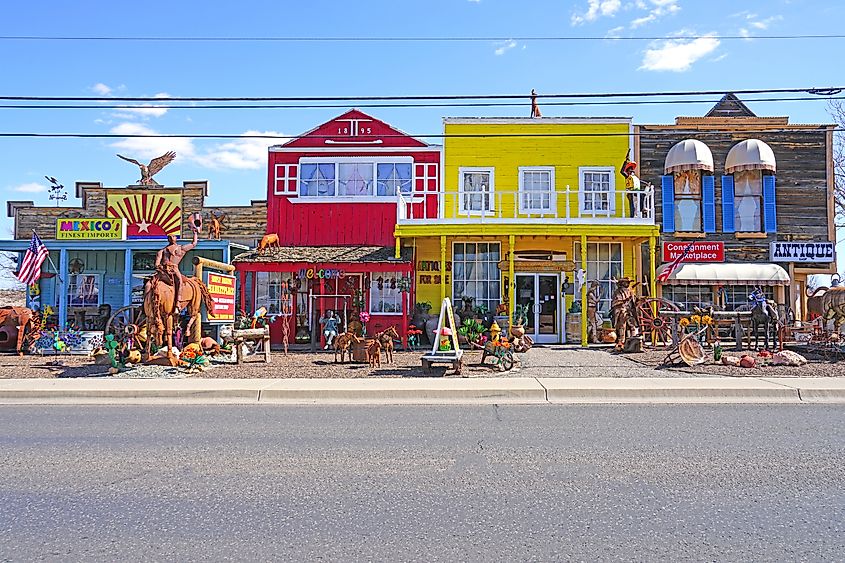
Cottonwood, located in the heart of Arizona's Verde Valley, is steeped in a rich tapestry of history, dating back to its founding in 1879. It thrived as a farming community due to the fertile land along the Verde River and later, during Prohibition, became known for its bootlegging operations. Today, Cottonwood celebrates its past through historic sites and cultural events that emphasize its diverse heritage. The historic Old Town district is a focal point, where buildings from the early 20th century have been restored and repurposed into bustling shops and eateries. The town's commitment to preserving its history is evident at the Clemenceau Heritage Museum, which houses artifacts and exhibits detailing life in the Verde Valley.
The Verde Canyon Railroad offers scenic train rides that provide a glimpse into Arizona’s natural beauty and wildlife. For dining, the Tavern Grille, housed in the old Rialto Theatre building, offers a glimpse into the town’s history alongside its meals. Outdoor enthusiasts will appreciate Dead Horse Ranch State Park, a haven for hiking, camping, and bird watching. Meanwhile, wine lovers can explore the offerings of Arizona’s burgeoning wine scene at tasting rooms like Arizona Stronghold Vineyards located along Main Street.
Wickenburg
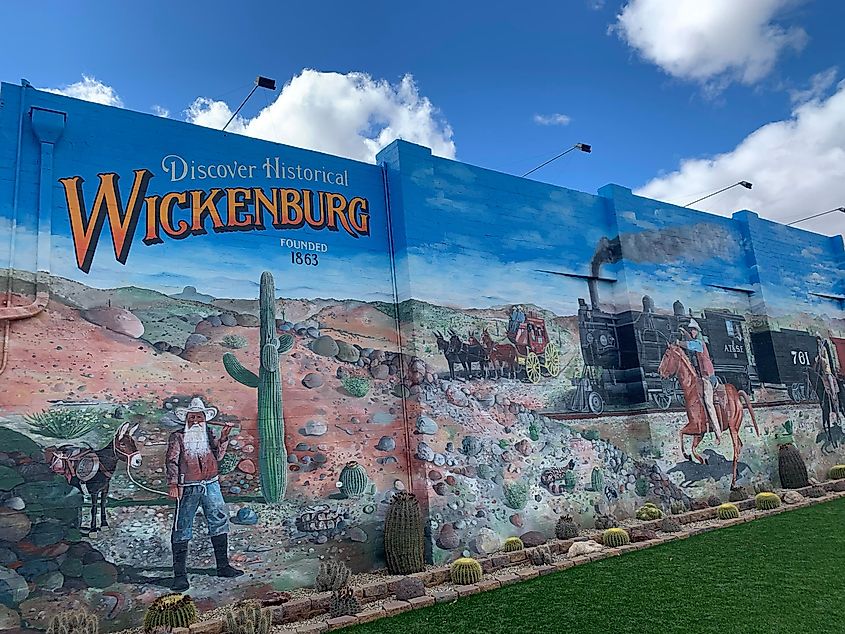
Wickenburg, established in 1863 during the gold rush, is an emblematic Old West town located northwest of Phoenix, Arizona. Its history is rooted in mining and ranching, with the town originally serving as a vital trading center for miners and cowboys. The Desert Caballeros Western Museum provides insights into the town’s past with its extensive collection of Western art and historical exhibits. Additionally, the town's historical walking tours offered by the Chamber of Commerce allow visitors to step back in time along Wickenburg’s main streets.
The Hassayampa River Preserve is a popular spot for birdwatching and hiking, featuring riparian habitats rare in the desert. Dining options include the Cowboy Cookin' Restaurant, which serves traditional Western fare in a setting that echoes the town's rustic past. For relaxation and entertainment, the Del E. Webb Center for the Performing Arts hosts a variety of musical and theatrical performances throughout the year.
Payson
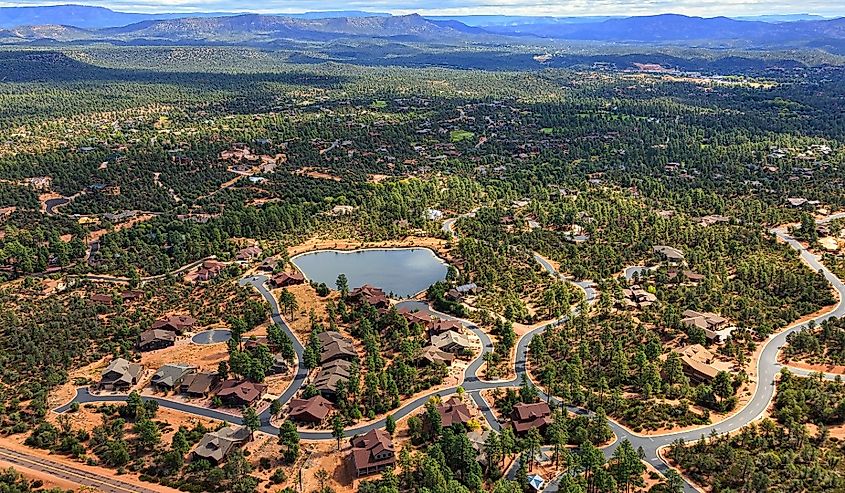
Payson, often referred to as "The Heart of Arizona," is located in the geographic center of the state. This town, established in the 1880s, owes much of its growth to the logging industry and later became a popular tourist destination due to its cool climate and natural beauty. Payson hosts the world's oldest continuous rodeo, having celebrated this tradition since 1884. This event encapsulates the town's rich heritage and its deep-rooted cowboy culture. Additionally, the Northern Gila County Historical Society operates the Rim Country Museum and Zane Grey Cabin, which offer visitors a glimpse into Payson’s historical and literary significance.
For those looking to explore and dine, Payson offers a variety of experiences. The Tonto Natural Bridge State Park, known for its natural arch formed of travertine, is a short drive from downtown and offers hiking and picnicking amidst spectacular scenery. In the town center, Macky's Grill provides hearty meals in a family-friendly environment. For coffee enthusiasts, the Common Grounds Cafe offers a cozy spot to enjoy local brews and pastries.
Bisbee

Bisbee, located in the Mule Mountains of southeastern Arizona, was founded in 1880 as a copper, gold, and silver mining town. Notably, it became one of the richest mineral sites in the world, leading to its substantial growth during the early 20th century. After the mines closed in the 1970s, Bisbee transformed into a haven for artists and musicians, retaining its historical architecture and adding vibrant cultural layers. The town’s legacy is preserved at the Bisbee Mining & Historical Museum, a Smithsonian Affiliate that provides insights into its mining past.
Bisbee's community is known for its welcoming nature and eclectic atmosphere. Café Roka, a local staple, offers fine dining in a historic setting, while the Copper Queen Hotel, operating since 1902, provides lodging with vintage charm. For outdoor enthusiasts, the Queen Mine Tour offers an underground exploration of a former working mine. The annual Bisbee 1000 Ironman Ice Competition showcases the town's quirky spirit through a stair-climbing race that navigates Bisbee's unique terrain.
Jerome

Jerome, perched more than 5,000 feet above sea level on Cleopatra Hill, overlooks the Verde Valley in central Arizona. Founded in 1876, this former copper mining town was once known as the "Wickedest Town in the West" due to its lawless reputation. After the mines closed in the 1950s, Jerome nearly became a ghost town, but it was revived by artists and craftspeople in the 1960s and 1970s. Today, Jerome's culture is a unique mix of its mining heritage and a vibrant arts scene, evident in its well-preserved historic buildings and numerous studios.
The Jerome State Historic Park, formerly the Douglas Mansion, offers a museum detailing the town's mining history. For dining, the Haunted Hamburger provides scenic views alongside its meals, capitalizing on the town's reputation for ghostly residents. The Jerome Artists Cooperative Gallery, housed in the old Hotel Jerome, showcases local art across diverse mediums.
Williams
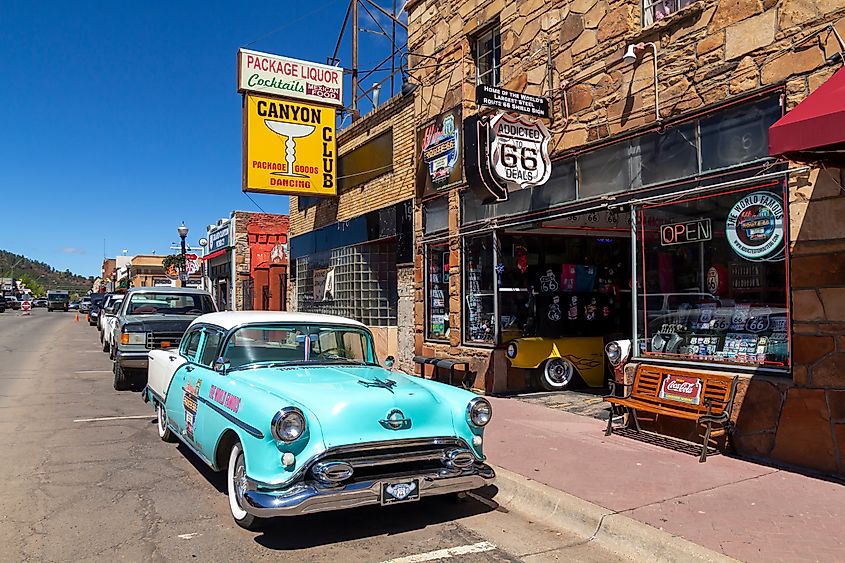
Williams, known as the "Gateway to the Grand Canyon," is located in northern Arizona. It was the last town bypassed by Interstate 40, marking the end of Route 66's role as a primary road across America. This history is celebrated in Williams, where vintage neon signs and preserved mid-20th-century architecture line the historic Route 66. Williams' close proximity to the Grand Canyon has long made it a welcoming spot for travelers. Its cultural fabric is intertwined with the lore of the Old West, making it a captivating mix of history and hospitality. The town also hosts the Grand Canyon Railway, which offers scenic excursions to the national park.
Bearizona Wildlife Park allows guests to see North American wildlife in a natural setting. For dining, the Red Raven Restaurant serves contemporary American cuisine in a cozy, inviting atmosphere. The Williams Depot, besides being a functional railway station, houses a museum with exhibits on railway history. For those interested in the supernatural, the historic Sultana Bar offers ghost tours alongside its drinks.
From Sedona’s red-rock reveries to Williams’ nostalgic Route 66 charm, each of these seven towns weaves a story into Arizona’s cultural tapestry. Collectively, they host more than two dozen annual festivals, celebrating everything from cowboy traditions to local viticulture. Yet the real magic is found in welcoming warm smiles, neighborly hellos, and hands-on community pride that greet each new traveler. So whether you come for the scenery, history, or cuisine, prepare to leave with memories steeped in Arizona’s gracious embraces.
